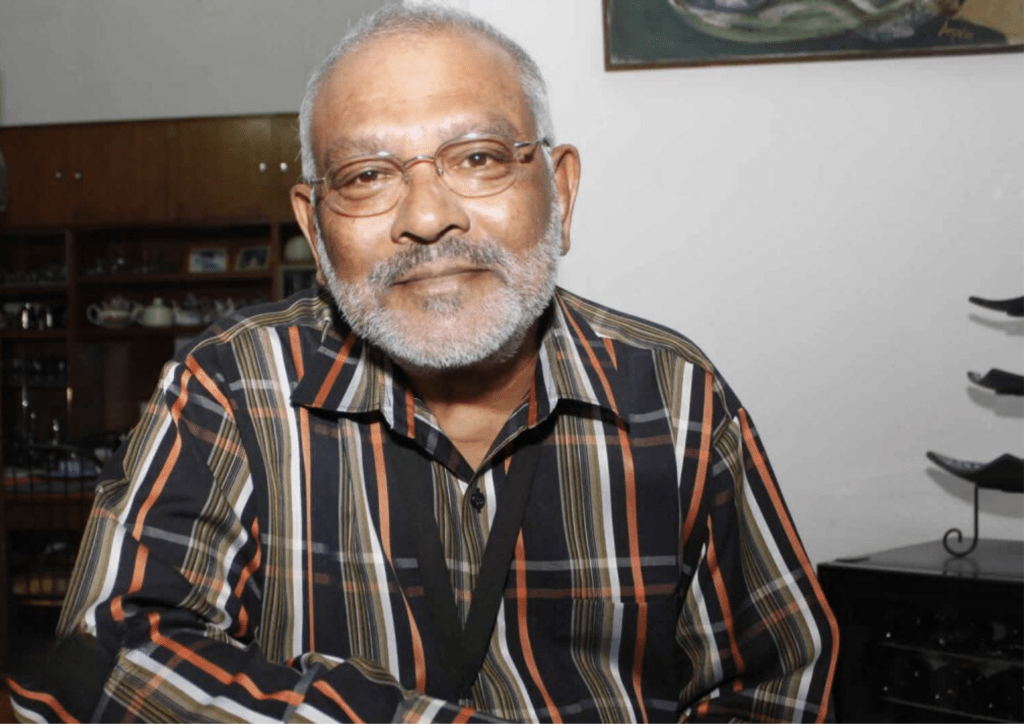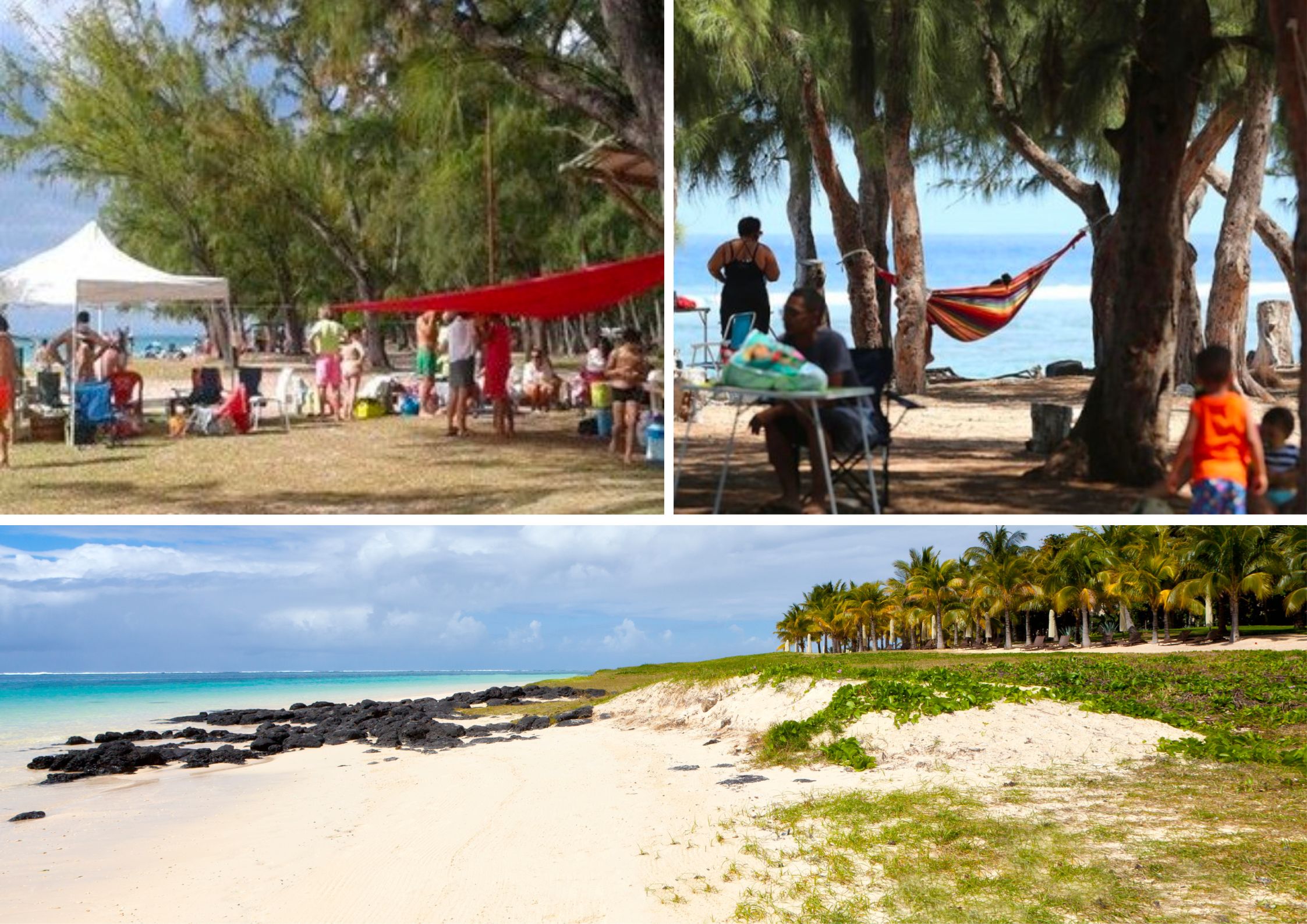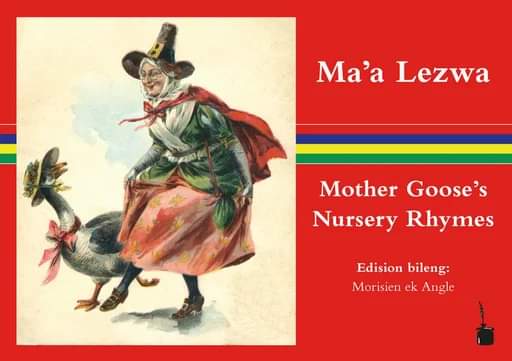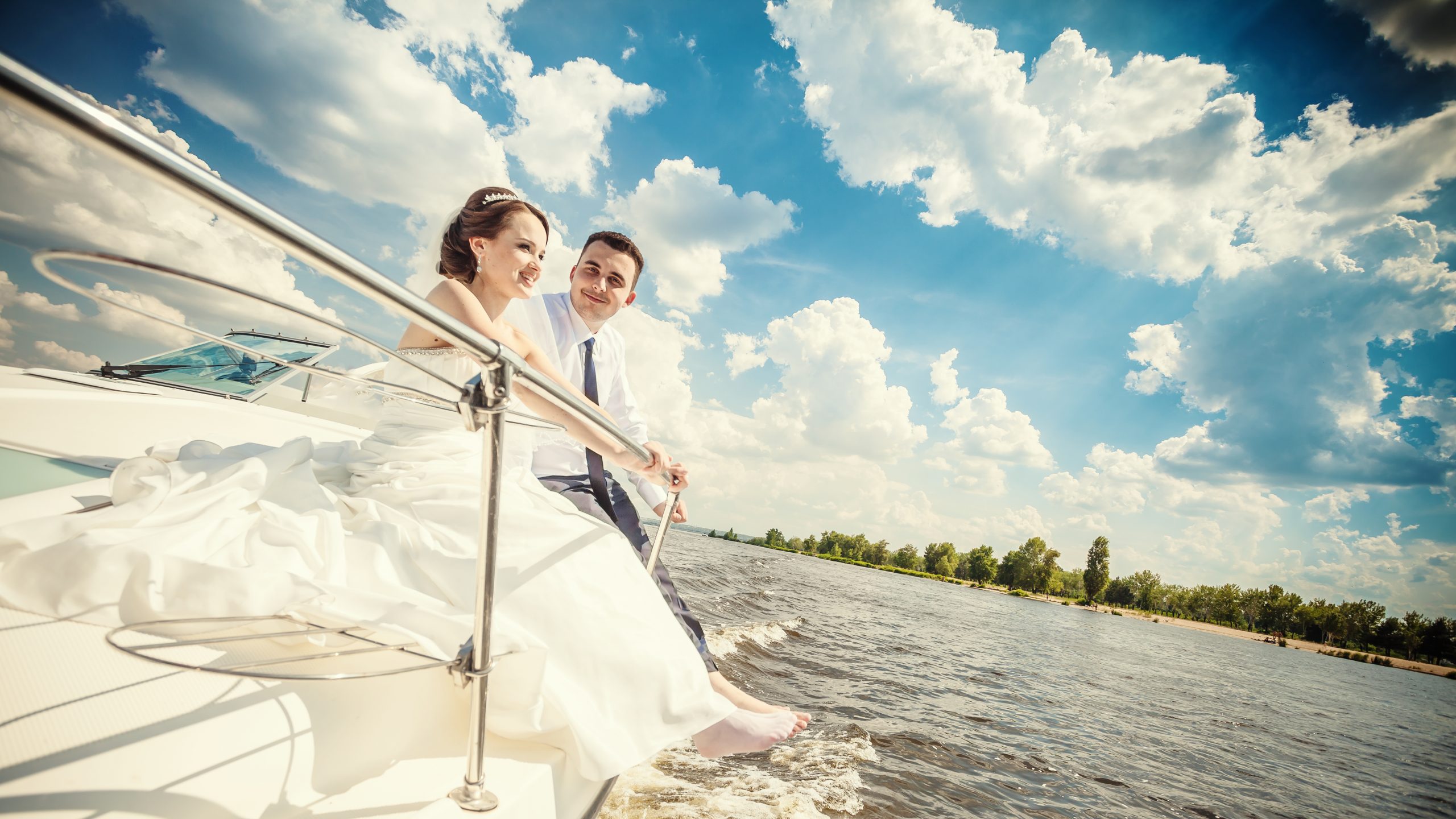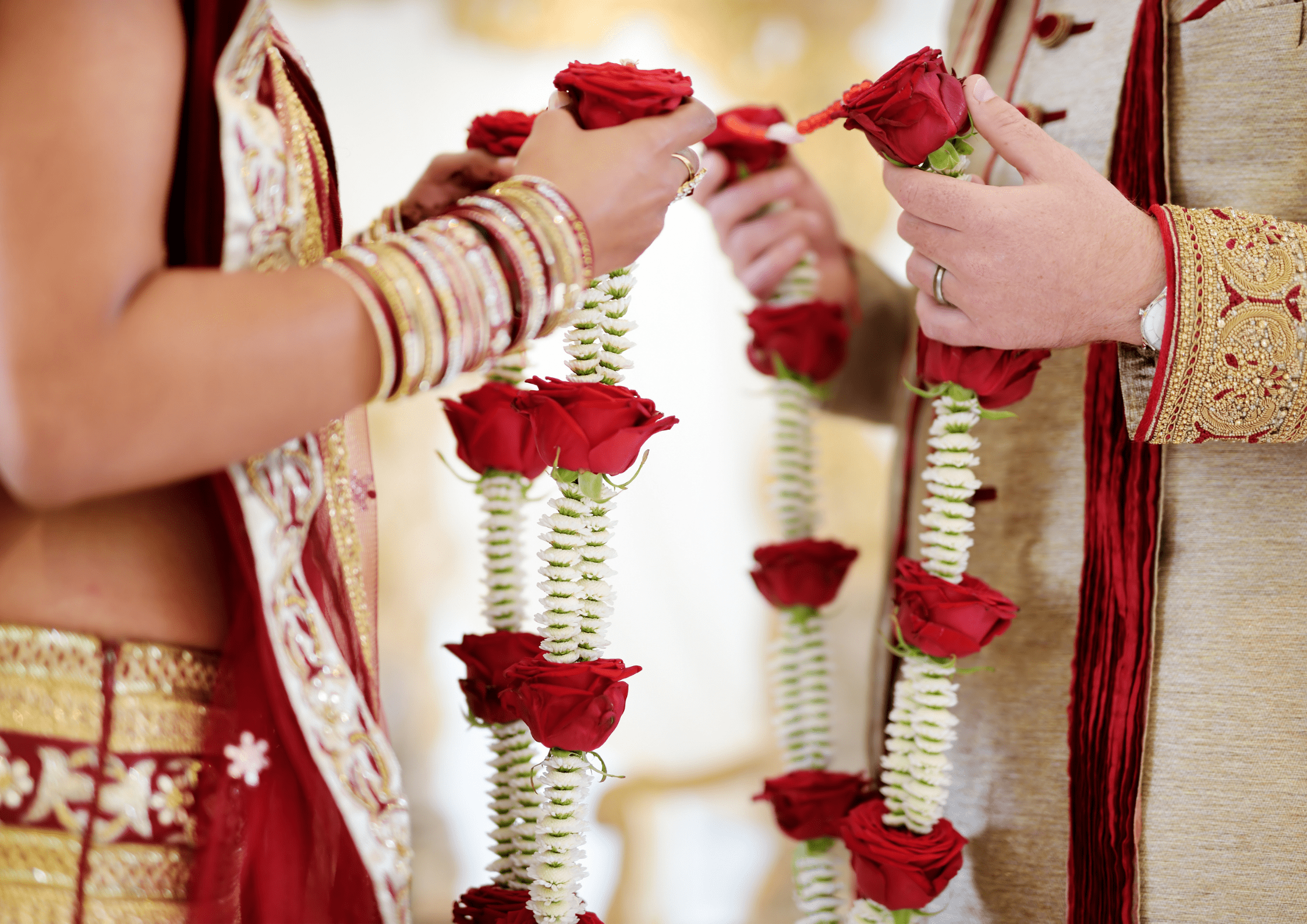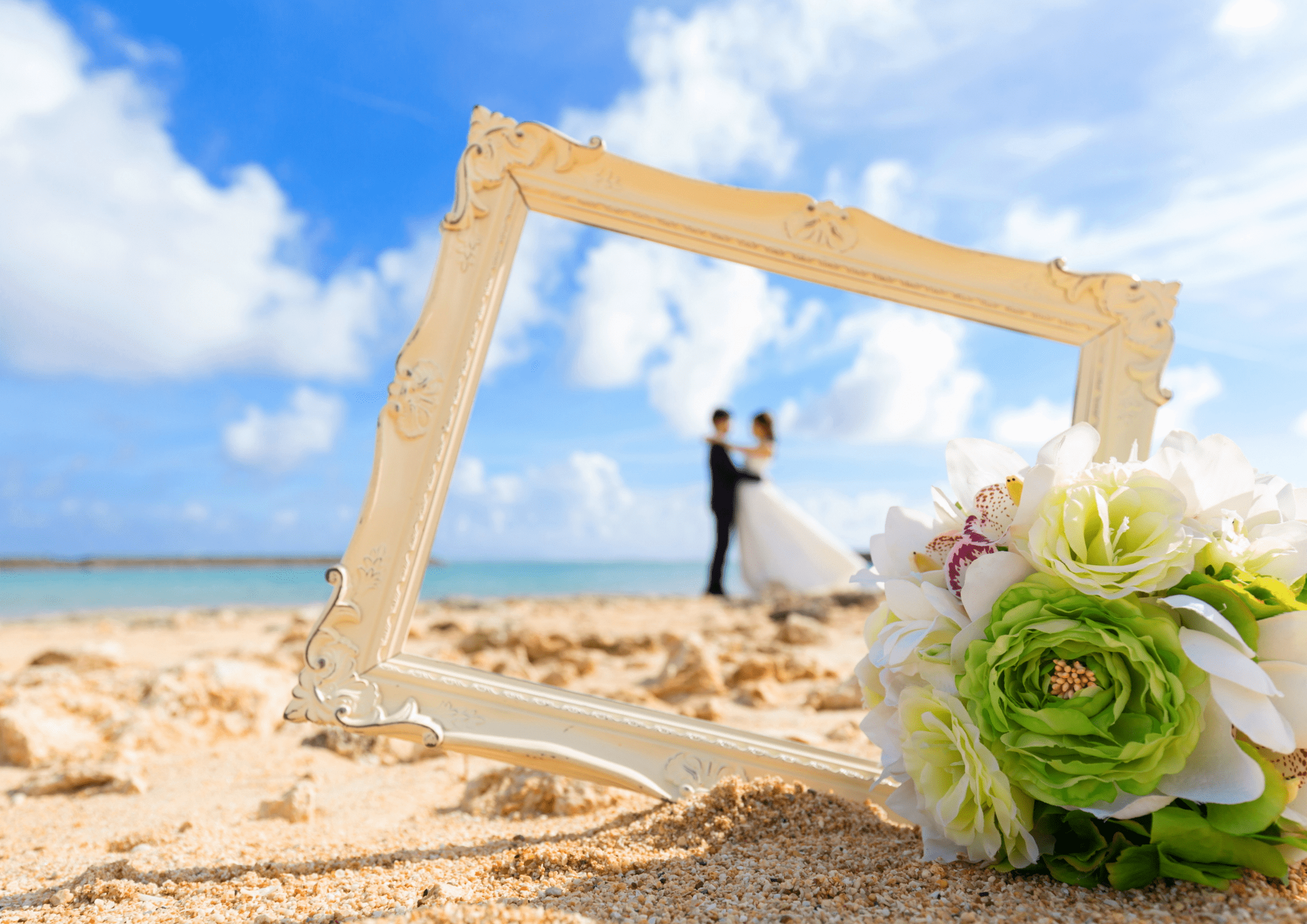Mauritius – Traditional Cuisine – our organic “Bred sonz” or taro leaves.
Mauritian cuisine is a unique potpourri of flavours influenced by Indian, Chinese, African, European, and Creole cultures, heritage of our exceptionally rich colonial history. One of the characteristics of our traditional Mauritian cuisine is the use of what we call “bred” (greens), edible vegetable plant leaves that Mauritians are particularly fond of.
These “bred” are in fact leaves of vegetable plants such as “chouchou” (chayote), “giraumon” (squash), or other green leaves and shoots like “petsai” (Chinese cabbage) and watercress, which are cooked in broth or stewed to accompany other main Mauritian dishes. Our very popular “bred sonz” are actually taro leaves found at marketplaces across Mauritius. You can also find them alongside riverbanks where they grow wild. During your promenades around the island, you might come across these large plants near rivers or streams, which look more like decorative plants! In Mauritius, the shoots are consumed washed, cleaned, and cooked Mauritian-style. Cleaning taro leaves can be a challenge since they tend to stain hands; luckily, you may also buy them cleaned and ready-to-cook in supermarkets
Now, please don’t be deceived by its odd colour or texture, as our ‘bred sonz’ is highly appreciated for their unique and delicious flavor. At times, we do enjoy it when it is cooked with sardines or salted fish savoured with white rice. ‘Bred sonz’ is the very special dish that is eaten with our famous “dal puri” (split pea flatbread) and “farata” (flaky flour flatbread) that make up many Mauritians’ lunchtime meal; the ones for whom street food is an absolute must every week, if not every day! A quick trip to our capital city, Port-Louis, at lunchtime, and you’ll get an idea of what I mean. The seller who has the longest waiting line will definitely be an indicator that he is definitely the best supplier in town! It’s most probably one of the Mauritians’ favourite “bred”, and our “7 cari” wouldn’t be complete without our “sonz.” Cooked with spices, tamarind, and of course, chili peppers: such an appetizing and spicy dish.
So rich in nutrients, a dish treasured by every socioeconomic group, blending perfectly with other traditional culinary delights, our “bred sonz” reflects the cultural diversity also found in our plates. Mauritian cuisine is not only an explosion of flavours and colours but also a living testament to the island’s multicultural history. Each dish tells a page of our history, and every meal is nothing less than a celebration of this surprising diversity.
NadElle








